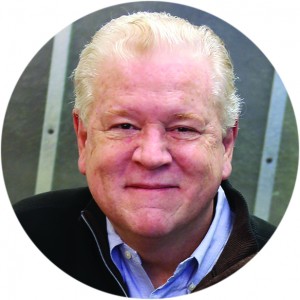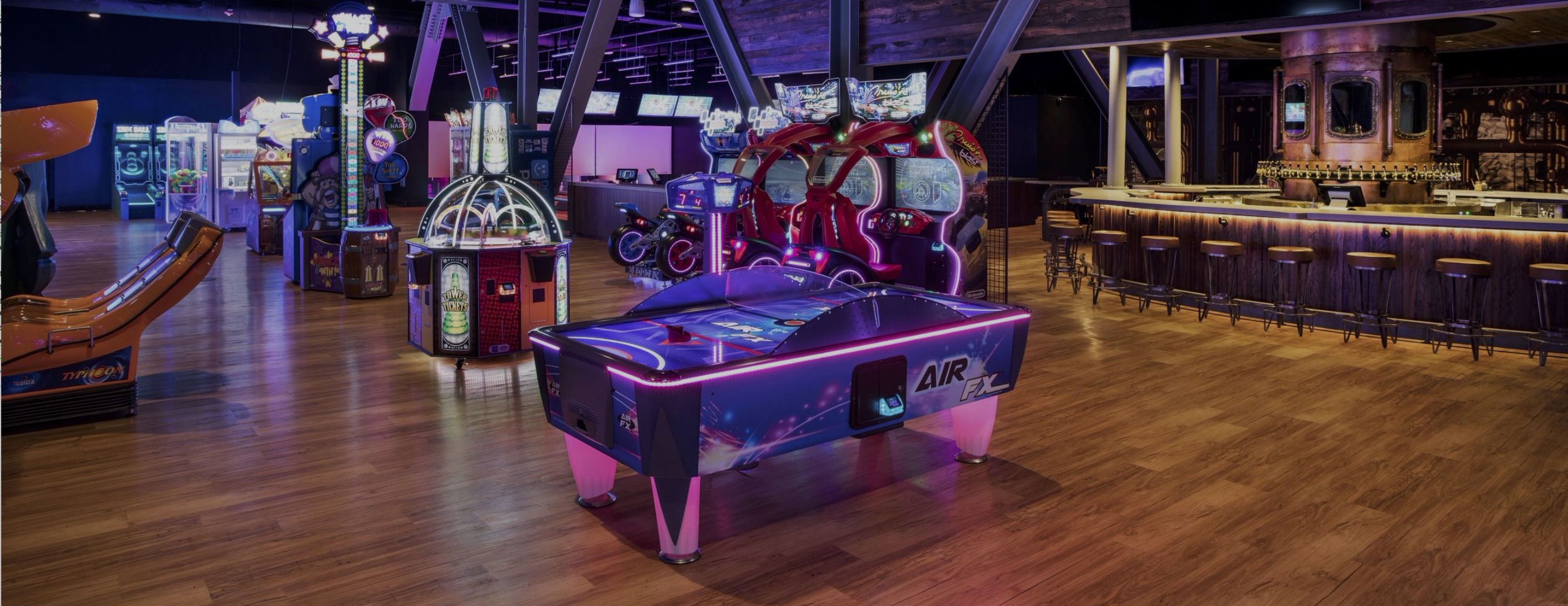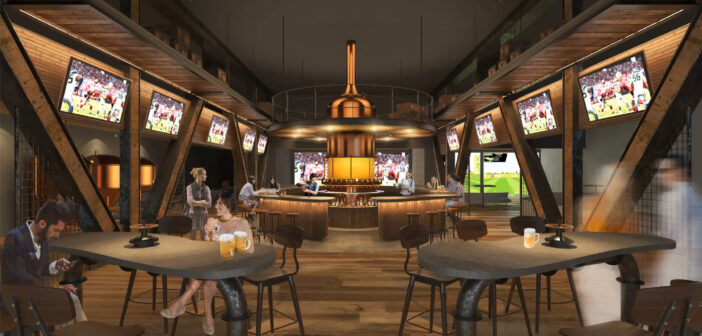The Constant of Change
A Big Success!

George McAuliffe
By George McAuliffe, President, Pinnacle Entertainment Group
There have been a lot of changes in my 43 years in the family entertainment center business. In fact, I think that’s what has kept me interested and still keeps me going now. The video game. Solid state electronics. The rise of pinball, then the fall, and now its status as a solid niche in the industry. Redemption games. Redemption counters evolving into stores. Quarters to tokens to cashless play card systems. And that’s just on the equipment and component side.
The players have evolved as well! Back in 1979, arcade players were largely teenage boys. Ms. Pac-Man began closing the gender gap with the game’s strong appeal to women. Redemption games accelerated the process. The 15-year-old boy from 1979 is now 60 and taking his grandchildren to play games. Redemption especially complimented the rise of larger footprint, multi-attraction FECs starting in the late ’80s and continuing today. Those locations appealed to females and began widening the audience. Arcades and FECs went from having a market niche to becoming mainstream entertainment and, today, we serve three generations.
Venues Are Changing Too
In those early days, arcades were primarily in amusement parks and on piers and boardwalks and began moving into shopping malls, which were themselves evolving the shopping experience. That lasted for a while, from the 1970s into the ’90s. When “home video” was introduced, video games’ dominance of the arcade floor – which had been about 80% of the game mix – started to decline. Redemption games filled the void.
Redemption machines were larger than video games, had a merchandise cost of sales associated with them, and required the addition of a redemption counter and employees to staff it. That changed the business model for mall arcades. Multi-attraction FECs outside of malls became a viable alternative and the “traditional” FEC was born. The problem with that model was that it required significant capital investment and came with high labor costs. Also, for most of the year, it was essentially a weekend business having only three days a week to amortize those investment and operating costs.
Okay, that’s enough history. Let’s fast forward to today. Through our company, Pinnacle Entertainment Group, we’ve served as consultants, helping people develop entertainment centers for 27 years. Our client base has never been more diverse than it is now, nor has our world of arcade and FEC attractions ever complemented as many other businesses as it has in recent years. Let’s look at a few to illustrate.
Bowling Entertainment Centers: My last two RePlay columns covered this in-depth, so I’ll just say that the entire bowling industry has reinvented itself. Bowling has always been a social experience, and it now leads with casual bowlers who attend as much for entertainment as for the sport of bowling. But, not entirely, as we find that the multi-decade decline in league bowling has leveled off. That model is strong because the remaining leagues tend to fill the weekdays (along with Millennials after work or with their corporate groups on weekday evenings).
 Cinema Entertainment Centers: We got involved in the bowling transformation some 17 years ago, and what’s happening today in the cinema world reminds me of the early stages of our bowling experience. The earliest adopters on the Cinema Entertainment Center side –– companies like Cinergy Entertainment and others who have been at it for a while –– didn’t spark a stampede. But it sure looks like Covid, along with the Hollywood streaming revolution, has. In the last two years, we have added a dozen cinema clients. They tend to have well-established motion picture venues, available space (either excess auditorium capacity, room to expand or both) and complementary audiences. Adding an FEC to the cinema makes the big-box economics more efficient.
Cinema Entertainment Centers: We got involved in the bowling transformation some 17 years ago, and what’s happening today in the cinema world reminds me of the early stages of our bowling experience. The earliest adopters on the Cinema Entertainment Center side –– companies like Cinergy Entertainment and others who have been at it for a while –– didn’t spark a stampede. But it sure looks like Covid, along with the Hollywood streaming revolution, has. In the last two years, we have added a dozen cinema clients. They tend to have well-established motion picture venues, available space (either excess auditorium capacity, room to expand or both) and complementary audiences. Adding an FEC to the cinema makes the big-box economics more efficient.
Hotel Resorts: A mantra of managers in the hotel resort business is “keep them on the property.” That mainstream appeal of arcade and FEC applies here as well. We are adding more and more hotel resort properties to the client list as the word spreads in that sector. We worked with the team at JW Marriott Marco Island in Florida to add “10K Alley” (pictured), a 12,000-sq.-ft. gastropub and bar with more than half of that space devoted to an arcade with a redemption store, themed mini-golf, a six-lane bowling attraction, VR and golf/sports simulators. Hotel management told us that in the six months after opening, the hotel rose to the corporate top ten for amenities as voted by hotel guests. That just shows the power of a well-integrated entertainment center.
Restaurant Entertainment Centers: From pizza places to sophisticated, adult-appeal bistros, we see more and more restaurants adding arcade and attractions. Arcades dominate in the pizza space (check out our clients Shakey’s Pizza and Pizza Ranch for examples). In the bar/restaurant sector, bowling tends to be a great anchor, although in general it’s string bowling and, in particular, duckpin social due to its smaller footprint and easier maintenance.
I could go on with more examples of the changes and new opportunities for our industry. For example, we do a great deal of work in the sports facilities sector with Native American casinos and entertainment centers. We even recently did a “bowling and bakery” combo! As an industry, we are fortunate to be in the path of this change and in demand to play a central role! Exciting times!
George McAuliffe has helped hundreds of businesses large and small develop and execute arcades and FECs. He has personally operated family entertainment centers from 2,000 to 150,000 square feet as a corporate executive, entrepreneur and consultant. He is the owner, with his partner and son Howard, of Pinnacle Entertainment Group.
George lives on the Jersey Shore with his wife, Julie. They have three sons, two daughters-in-law and a grandson.
Readers can learn more about Pinnacle at grouppinnacle.com or contact George at [email protected]; phone: 314-422-7197.




